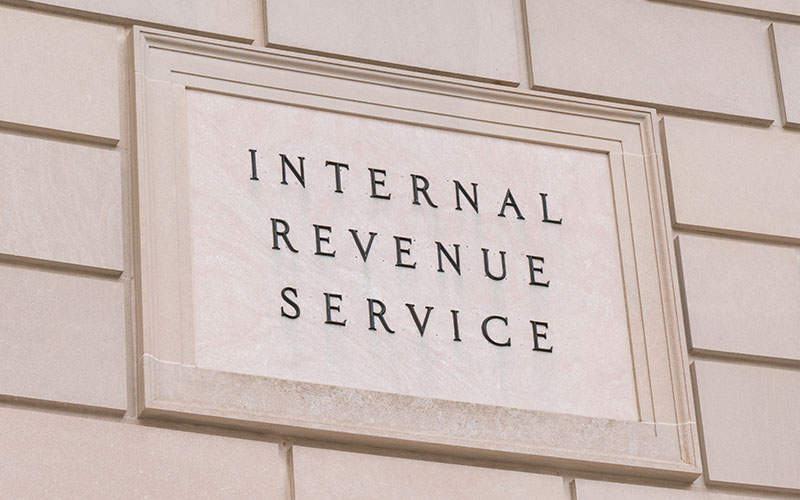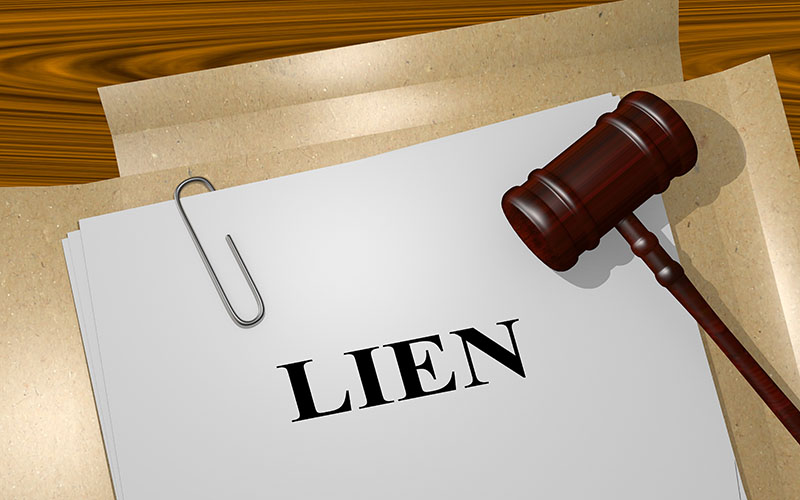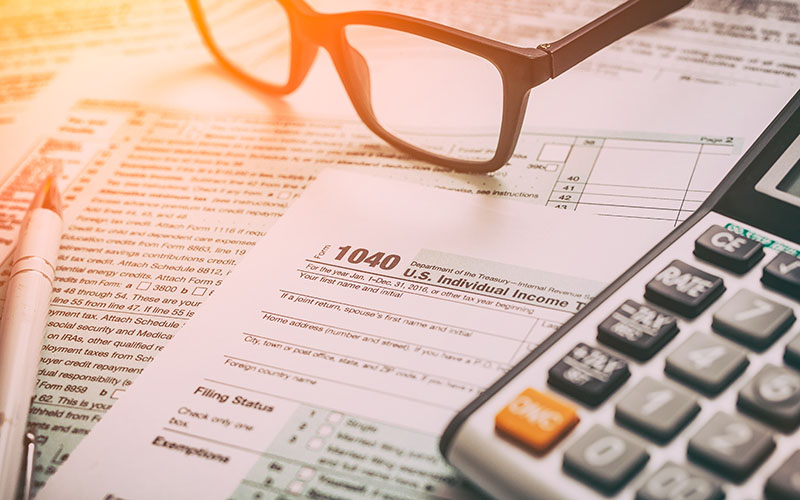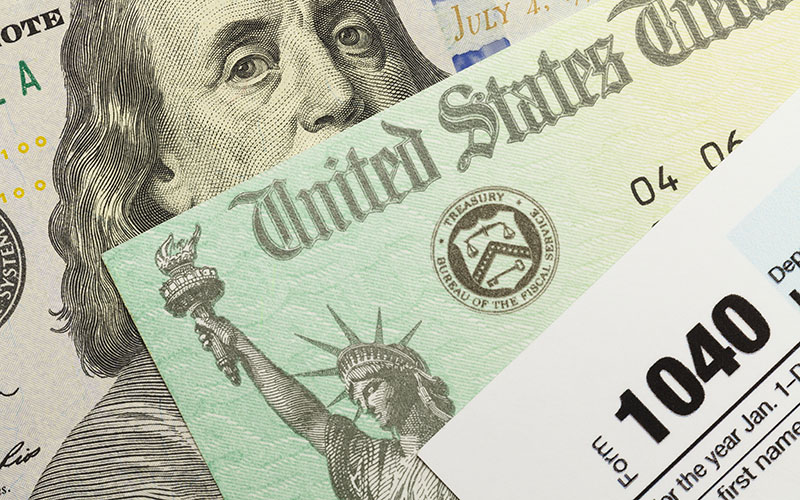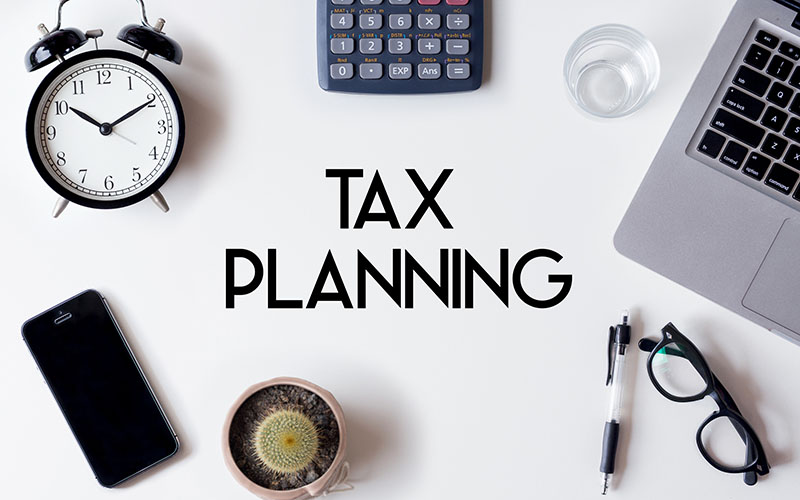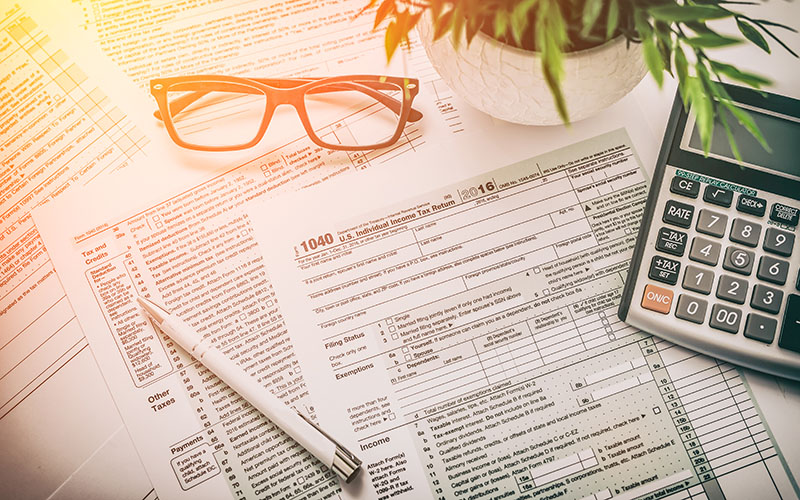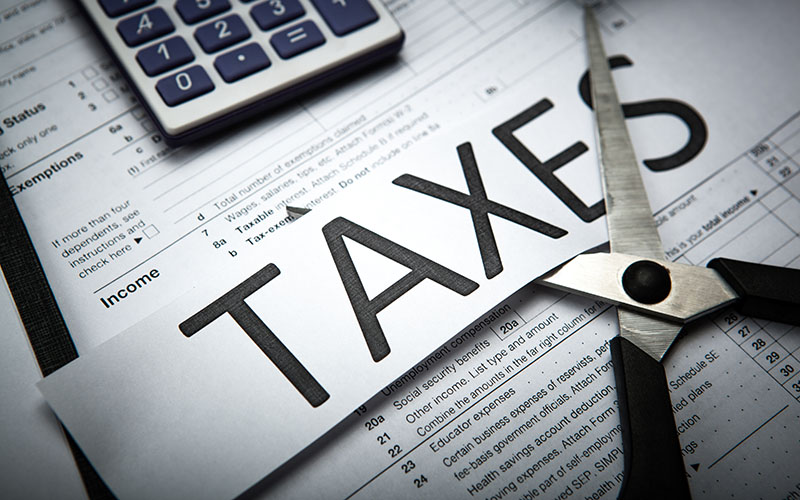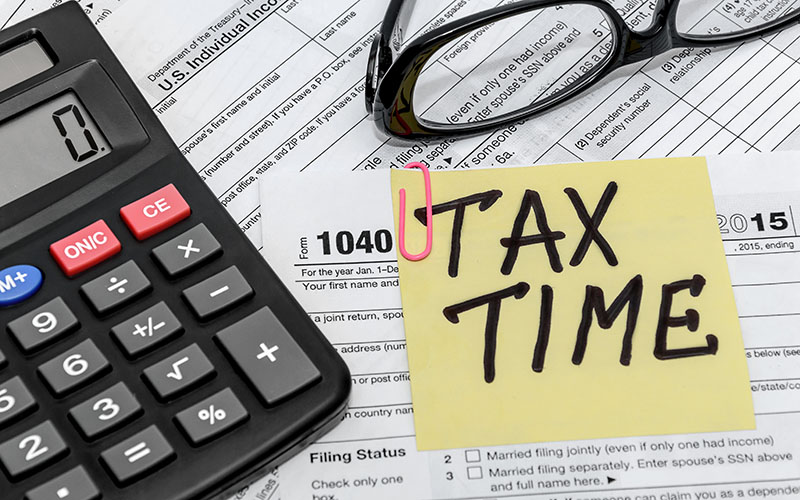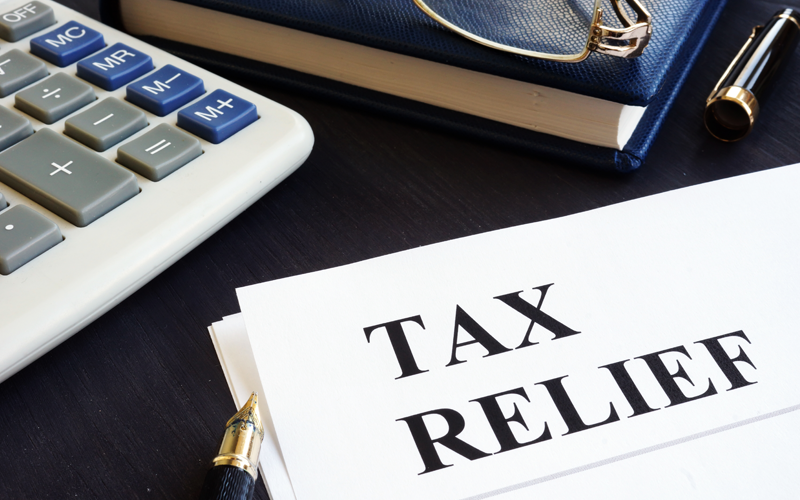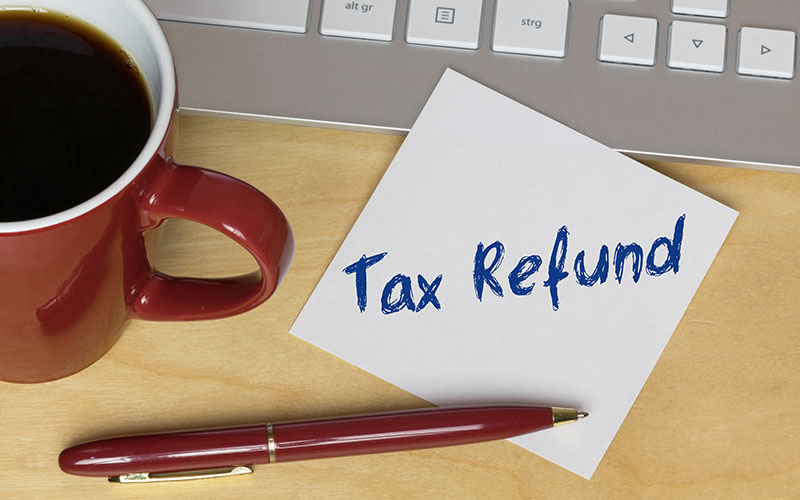How To Set Up An IRS Payment Plan: Know Your Options & Get Out Of Debt
Key Takeaways
- An IRS installment plan allows taxpayers to pay their tax debt in monthly payments rather than all at once
- The IRS prefers installment plans over collections because they reduce administrative costs and increase payment likelihood
- Missing a payment can void your agreement and make your entire balance due immediately
- Compare reputable tax relief companies to find one that matches your needs
- Professional assistance can reduce stress and help you avoid mistakes when dealing with the IRS
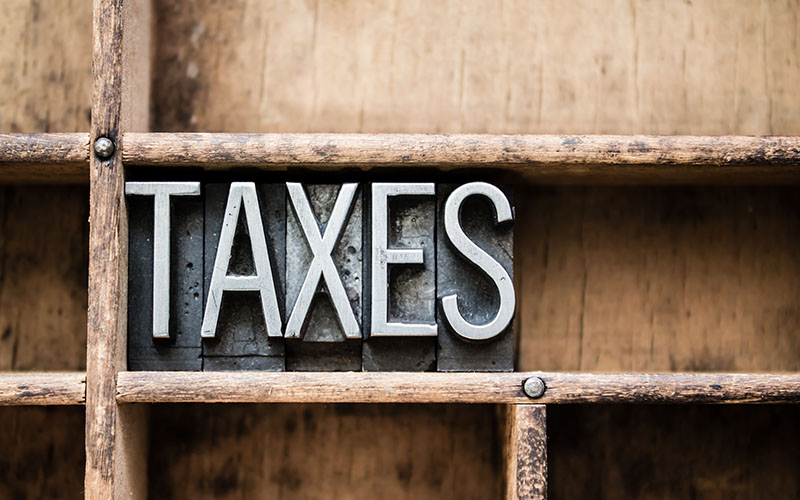
When you owe money to the IRS, it can be stressful wondering exactly how you’re going to pay.
Paying everything upfront seems completely out of reach, but you know you can pay it all eventually.
An installment plan or payment plan with the IRS may be a great option for you. In this guide, you’ll learn more about what an installment plan is, who qualifies, how you can apply, and what the benefits may be to you as a taxpayer.

What Is An Installment Plan?
An installment plan with the IRS is like any other payment plan you may set up for goods or services you purchase: You agree to pay certain amounts of money at regular intervals - usually monthly - until your debt is paid off.
In the case of an IRS payment plan, you agree to pay the IRS for your owed taxes in set amounts each month until your entire debt is paid.
Because collections efforts such as sending letters and levying bank accounts are expensive, the IRS would much rather you pay them a little bit at a time than for them to have to actively pursue you for your debt.
But just because the IRS offers installment plans which allow you to be a little more flexible with paying your debt back, don’t think that you can play fast and loose with your installment due dates. Skipping a payment can void your installment agreement with the IRS, making your entire tax balance collectible immediately.
Who Qualifies For Installment Plans?
Taxpayers who have filed all their tax returns and who owe less than $50,000 in taxes, including interest and fees, can qualify for a long-term installment agreement. Short-term agreements are available for those who owe less than $100,000 including interest and fees.
When deciding to set up a payment plan, you must be able to commit to paying the same amount of money on the same day each month for the entire term of your installment agreement.
If you are a sole proprietor or independent contractor who owes back taxes, apply for a payment plan as an individual.
How To Set Up An IRS Installment Payment Plan
To apply for an IRS installment agreement or payment plan, you must fill out Form 9465, an Installment Agreement Request. In most cases, your installment agreement plan will be accepted by the IRS if you owe less than $10,000 and plan to pay your bill in full within three years. However, if the IRS thinks you can afford to pay your bill in its entirety, without an installment agreement, your proposal may be rejected.
Determine How Much You Owe
Knowing how much you owe is key to deciding what type of payment plan or installment agreement you plan to request, and what you’d like your monthly payments to be.
You can find out your current balance owed to the IRS by calling them directly, or by calling your local IRS office. You will be asked to give your name and Social Security number.
After you’ve identified yourself, a representative should be able to tell you how much you owe to the IRS, including any penalties and fees that may have been added.
When thinking about how much you want to pay each month and for how long you want to set your installment agreement, think of a number that feels comfortable to you to handle each month, but that isn’t too low. If your proposed amount is far less than the IRS thinks you can manage to pay in installments, your plan may be rejected and you may have to resubmit it.
Get The Documents You Need To Apply
When filling out this form, you must have several pieces of information on hand, including:
- Your name exactly as it appears on your most recent tax return
- A valid email address
- The mailing address from your most recently filed tax return
- Your date of birth
- Your filing status (single, married filing jointly, etc.)
- Your Social Security number or Individual Tax ID Number (ITIN)
- One of three things to help confirm your identity: a financial account number, mobile phone registered in your name, or an activation code sent to you by postal mail
- If you’ve previously registered for an Online Payment Agreement, Get Transcript, or Identity Protection PIN, use the same login information
Know The Cost Of A Payment Plan
For short-term payment plans of less than 120 days, there is no setup fee to get them started.
Long-term payment plans of more than 120 days that will be taken by direct deposit require a $31 setup fee, and those long-term payment plans that will not be paid by direct deposit are subject to a $149 setup fee.
There are some exceptions for low-income taxpayers, or those whose adjusted gross income for the most recent year is at or below 250% of the federal poverty limit.
For all payment plans and installment agreements, both long- and short-term, your account will continue to accrue fees and interest until the balance is paid in full. Be sure to keep this in mind when making your payments, and do not stop making payments until those fees and interest are completely paid.
Review Or Revise An Existing Payment Plan
If you’ve already got an active payment plan, you may need to review or revise it to adjust how much you pay each month, on what day you pay, or other terms and conditions.
To revise your current payment plan, visit the IRS’s Online Payment Tool and click on the Apply/Revise button. You will be charged a $10 fee to revise your current payment plan.
Can I Set Up A Payment Plan For Someone Else?
If you are the Power of Attorney for a disabled or incapacitated friend or relative, you can set up an installment agreement or payment plan on their behalf to take care of unpaid tax debts.
When applying, you will need information for both yourself and the person for whom you’re applying.
Information On Yourself
To prove your identity, you will need:
- Information to verify your identity, such as bank account information, a mobile phone registered in your name, or an activation code as received by postal mail
Information On The Taxpayer
For the person you are setting up the payment plan for, you will need:
- Their Social Security number or Individual Taxpayer Identification Number (ITIN)
- Your Centralized Authorization File (CAF) number, a nine-digit number you receive the first time you file a third-party authorization with the IRS
- Caller identification from the taxpayer’s notice or the Power of Attorney’s signature date on Form 2848
- The taxpayer’s last year’s Adjusted Gross Income
What Methods Of Payment Can I Use For A Payment Plan?
There are a variety of ways you can make payments on your installment agreement or payment plan.
These payment methods include:
- Direct debit from a bank account
- Direct Pay
- Debit card
- Credit card
- Check
- Money order
If you choose to pay via direct debit, your setup fees will be less expensive when you first apply than with another payment method.
Do I Have Other Options For Taking Care Of My Tax Debt?
Payment plans are great for a variety of tax debt situations, but there are many other options available to taxpayers who still owe money to the IRS.
Paying Outright
If you can afford to pay the entirety of your tax bill all at once, you may choose to simply pay what you owe and be done with the debt.
Choosing this option is best for people who owe smaller amounts of money, who have disposable income or assets they can liquidate, or who don’t want to continue to accrue fees and interest as they work to pay off their bills.
Offer In Compromise
For taxpayers with large tax bills or small incomes, an Offer in Compromise may be a good choice.
With an Offer in Compromise, the IRS agrees to take less than the full amount you owe them in the hopes that you’ll be able to make the payments instead of leaving your debt unpaid. You can apply for an Offer in Compromise if you can prove to the IRS that paying the entirety of your back taxes, even in installments, would be detrimental to your financial position.
When applying for an Offer in Compromise, you will propose an amount to the IRS. This amount is calculated based on your current income, any assets you have that could be used to pay your debts, and your projected future income.
The IRS chooses the highest possible number that you could pay without becoming financially burdened, so it’s important to consult carefully with a tax professional to make sure the calculations are accurate.
Currently Not Collectible Status
For those low-income taxpayers, getting Currently Not Collectible status can provide some relief from the burdens of unpaid tax bills.
To get Currently Not Collectible status, you must be able to show that you don’t have the income or assets to pay your back taxes, even in installment payments, in the near future.
You can get Currently Not Collectible status for up to 10 years, and this designation stops all active measures the IRS may be taking to collect money from you. That means you will stop receiving letters, collection agencies will not call, and you will no longer be subject to wage garnishments or levies.
Do I Need A Tax Professional To Help Me Set Up A Payment Plan?
While you do not need a tax lawyer or other tax professional to help you set up a payment plan or installment agreement with the IRS, you may find it helpful to have a professional on your side.
Working with a tax relief company or other tax professional can help you gather all the information you’ll need to apply for your installment agreement and to make the necessary calculations to find an option that works for your budget.
A tax professional can look over your whole situation and determine whether an installment agreement is right for you, or if you may be better served by applying for another tax debt relief option. If you may qualify for an Offer in Compromise, for example, a tax professional can tell you that and save you money in the long run.
Additionally, your tax professional can help act as an intermediary between you and the IRS. This means you won’t have to be the one fielding any questions that could otherwise interrupt your work day or home life.
While you will pay your tax debt relief company a fee for working on your case, many taxpayers find the amount of money worth the assistance provided.

Get Help From A Trusted Tax Professional
When you owe the IRS money, you want someone on your side who is experienced in dealing with situations such as yours.
At The Credit Review, we’ve collected information on a variety of tax relief companies so you can compare and contrast them to find the match that’s right for you. Learn more about your tax relief options here.
How long does it take to set up a payment plan with the IRS?
By phone, setting up an initial installment agreement by direct debit or payroll deduction takes about 15 to 30 minutes. It then takes about 4 to 6 weeks to finalize the whole setup.
If you cannot or do not want to pay by direct debit or payroll deduction, it can take 2 to 3 months.
How long do payment plans last?
The IRS accepts payment plans for terms up to 6 years, depending on your total balance and other factors.
Do you stop accruing interest and penalties under a payment plan?
No. You continue to accrue interest, penalties, and fees on your account until the entire balance of your tax debt is paid off.
What happens if I miss a payment?
If you miss a payment under your installment agreement, the entire amount of your tax debt is due immediately. You will again be subject to the IRS’s collections attempts, and may have a levy placed against your bank accounts or property.
Will my installment agreement show up on my credit report?
No. The IRS only reports delinquent balances to the credit reporting agencies, not individual taxpayers who are in installment agreements with the agency. As long as you stay current with your payments, the IRS will not report your installment agreement to the credit agencies.
Edited by:
Bryan Huynh
•
Product Tester & Writer

